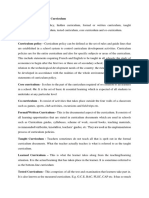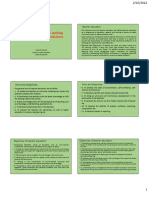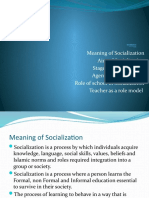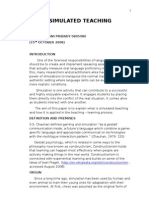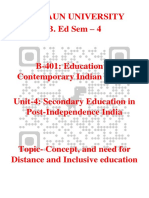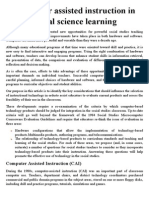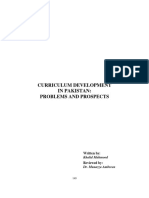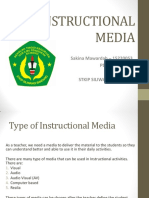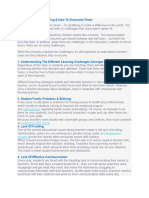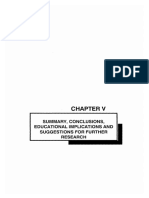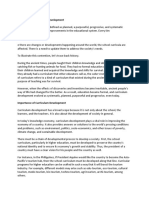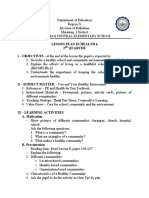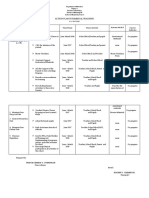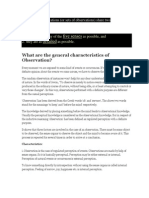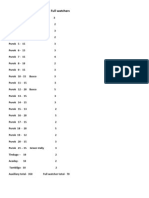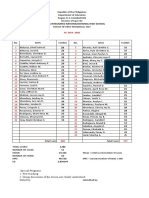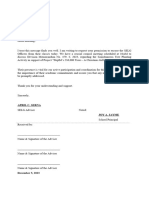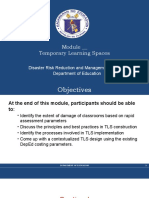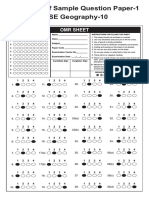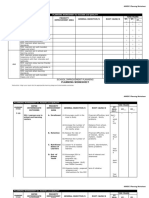90% found this document useful (10 votes)
15K views1 pageDifference Between Teaching and Instruction
Teaching seeks to impart broader knowledge over a longer period through various instructional methods and strategies, while training focuses on helping people master specific skills through instruction and practice until they can perform efficiently. Teaching deals more with academic subjects and provides feedback to students, whereas training is associated more with commercial skills and receives feedback from trainees. Instruction involves giving directions on how to perform tasks, making learners dependent on following steps strictly, while teaching is a more complex process that facilitates lifelong learning both inside and outside the classroom. Both teaching and instruction work together in education to help people learn and develop.
Uploaded by
Prince Genesis G. GunhuranCopyright
© © All Rights Reserved
We take content rights seriously. If you suspect this is your content, claim it here.
Available Formats
Download as DOCX, PDF, TXT or read online on Scribd
90% found this document useful (10 votes)
15K views1 pageDifference Between Teaching and Instruction
Teaching seeks to impart broader knowledge over a longer period through various instructional methods and strategies, while training focuses on helping people master specific skills through instruction and practice until they can perform efficiently. Teaching deals more with academic subjects and provides feedback to students, whereas training is associated more with commercial skills and receives feedback from trainees. Instruction involves giving directions on how to perform tasks, making learners dependent on following steps strictly, while teaching is a more complex process that facilitates lifelong learning both inside and outside the classroom. Both teaching and instruction work together in education to help people learn and develop.
Uploaded by
Prince Genesis G. GunhuranCopyright
© © All Rights Reserved
We take content rights seriously. If you suspect this is your content, claim it here.
Available Formats
Download as DOCX, PDF, TXT or read online on Scribd
/ 1





